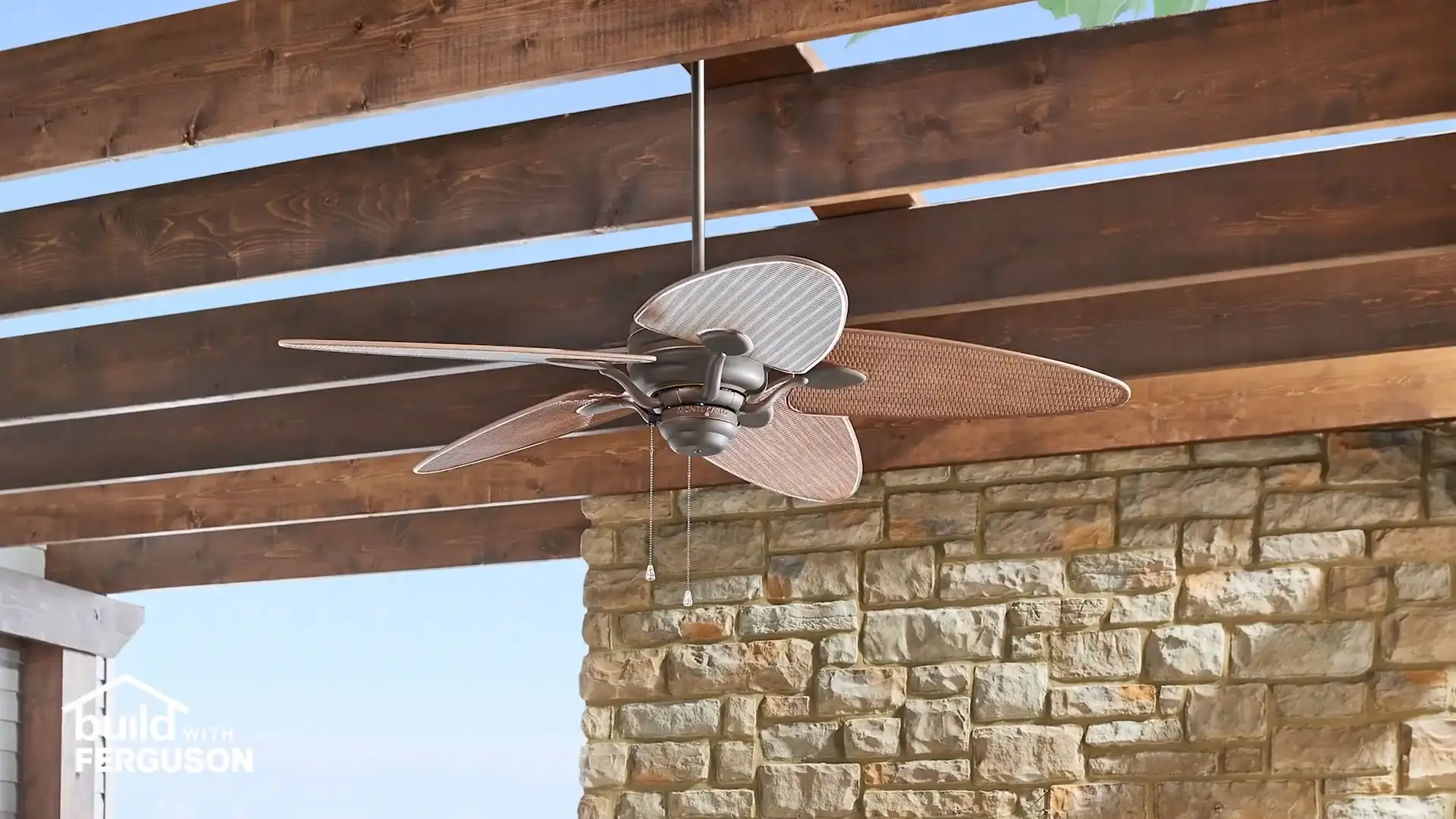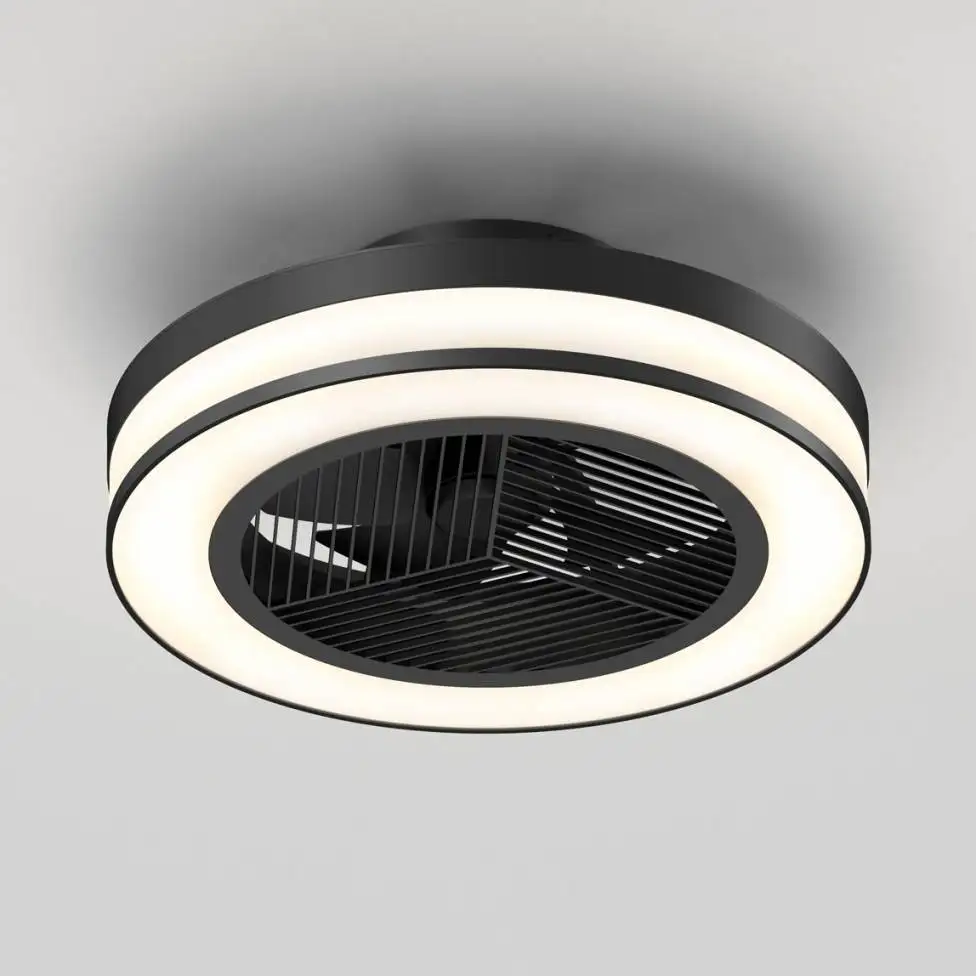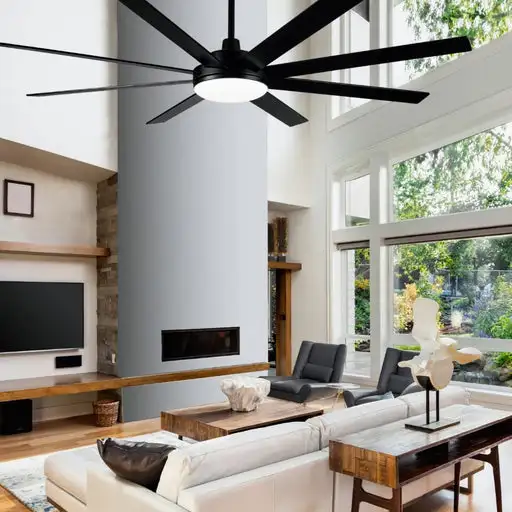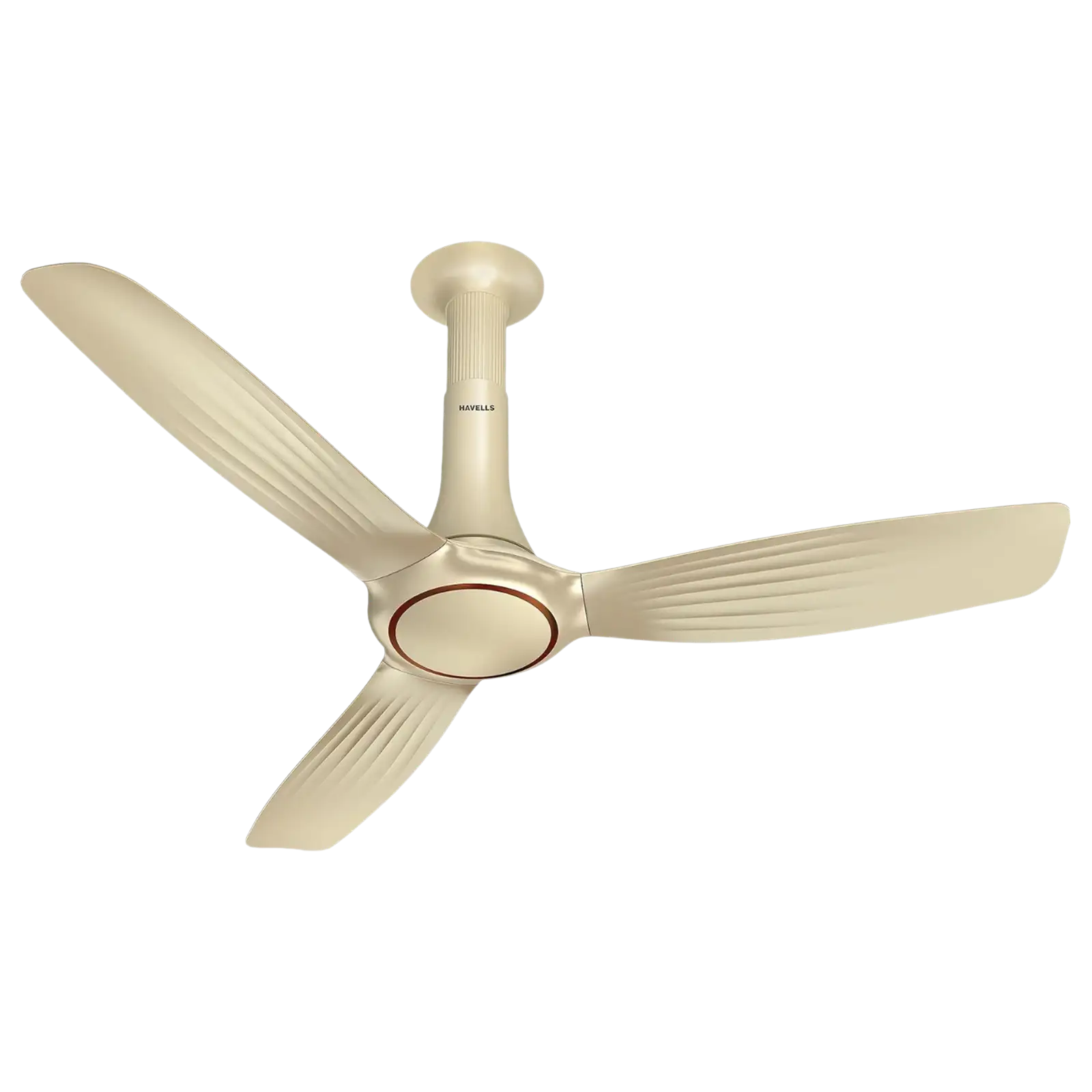quạt trần wifi kết nối
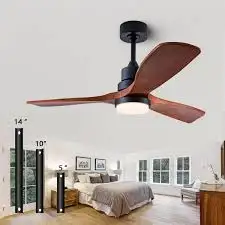
In today's fast-paced world, smart home technology has become an integral part of everyday living, offering convenience, comfort, and energy efficiency. Among these innovations, WiFi ceiling fans have emerged as a popular choice. Combining traditional ceiling fan functionality with advanced smart features, these devices allow users to control their home environment effortlessly. Imagine being able to adjust your fan's speed, direction, and lighting from your smartphone or even through voice commands. Whether you're looking to cool down your living space on a hot summer day or circulate warm air in the winter, WiFi ceiling fans can provide tailored comfort to suit your needs. WiFi ceiling fans operate through a connection to your home’s WiFi network, enabling users to control them remotely via smartphone apps or smart home assistants like Amazon Alexa or Google Assistant. These fans usually come with built-in receivers that allow them to receive commands from a mobile application. Some key features include: There are several advantages to integrating WiFi ceiling fans into your smart home setup. Some of the most noteworthy benefits include: Installing a WiFi ceiling fan is generally similar to installing a traditional ceiling fan but may require some additional steps due to the technology involved. Here’s a simplified breakdown of the installation process: One of the many advantages of WiFi ceiling fans is their ability to integrate seamlessly with other smart home devices. This integration allows for enhanced functionality and greater control over your home environment. For example: When selecting a WiFi ceiling fan, consider several factors to ensure you choose a model that best fits your needs: Maintaining your WiFi ceiling fan is essential for optimal performance. Regular care will extend your fan's lifespan and keep it functioning properly. Here are some maintenance tips: Energy savings is a significant advantage associated with WiFi ceiling fans. By circulating air effectively, these fans can reduce the burden on your heating and cooling systems. Here’s why you should consider investing in a WiFi ceiling fan for your home: A WiFi ceiling fan is a ceiling fan that can connect to your home WiFi network, allowing you to control it remotely using your smartphone or through voice commands with smart home systems. Yes, it's generally possible to install a WiFi ceiling fan yourself, provided you follow the manufacturer's instructions and take necessary safety precautions like turning off the power at the breaker box. Yes, WiFi ceiling fans can save energy by improving air circulation, which can reduce the need for air conditioning and heating, resulting in lower energy bills over time.Discover the Convenience of Smart Living with WiFi Ceiling Fans
Introduction to WiFi Ceiling Fans
How WiFi Ceiling Fans Work
Benefits of WiFi Ceiling Fans
Installation and Setup
Maximizing Utility with Smart Ceiling Fans
Integrating with Other Smart Devices
Choosing the Right WiFi Ceiling Fan
Maintenance and Care
WiFi Ceiling Fans and Energy Savings
Frequently Asked Questions
What is a WiFi ceiling fan?
Can I install a WiFi ceiling fan myself?
Do WiFi ceiling fans save energy?

